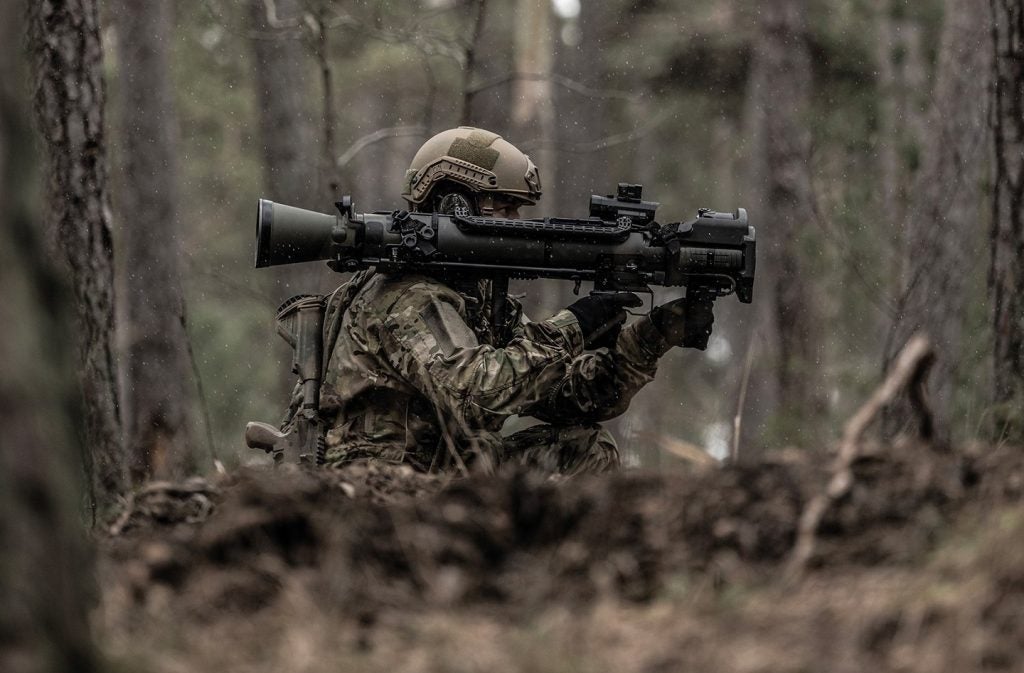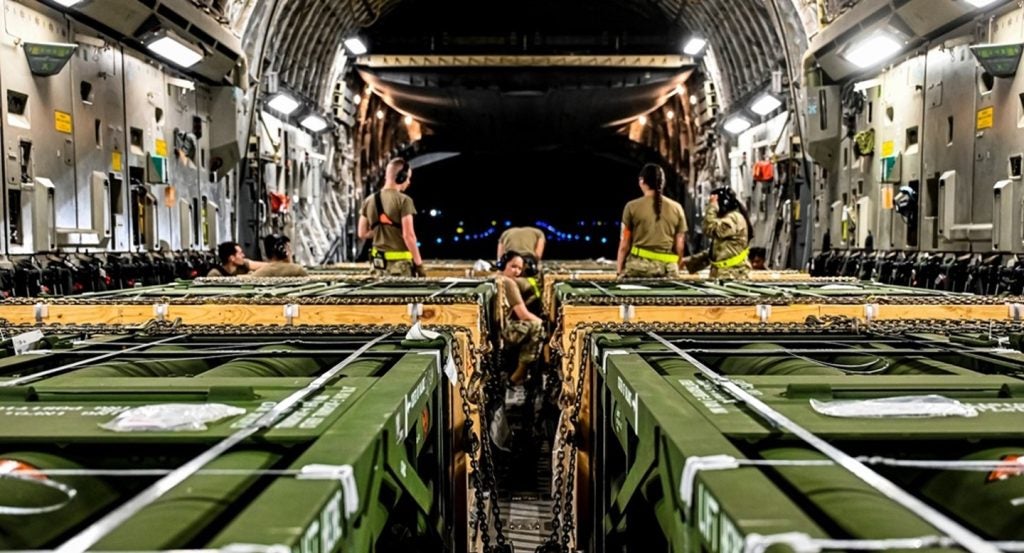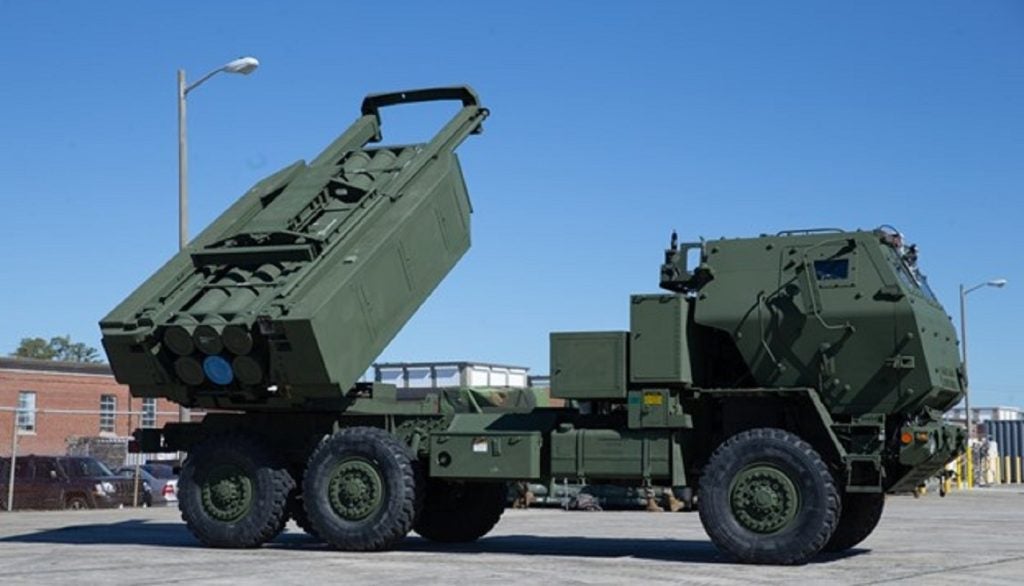
Not since the heady days of the Ronald Reagan administration has defence procurement had such a high profile on both sides of the Atlantic, or been the subject of such intense debate. In fact, despite his image (and Nobel Prize) as a peace-maker, President Barack Obama's $538bn 'base' defence budget, which does not include the estimated $130bn ongoing cost of the wars in Afghanistan and Iraq will take US defence spending to record levels next year. It is more than $20bn higher (in 2010 dollar terms) than Reagan's previous high-water mark in 1985 and the highest level since World War Two, according to the respected Center for Strategic and Budgetary Assessments (CSBA).
In the long term, next year should also see the outcome of the Defense Department's Quadrennial Defense Review (QDR) and Nuclear Posture Review (NPR) processes. Last conducted in 2006 and 2002 respectively, these are expected to map out not only the Pentagon's 2011 budget but also how procurement thinking will need to change and evolve to meet the threats posed by increasingly irregular and unconventional forms of warfare – often referred to as 'asymmetric warfare'. The NPR will establish the US's nuclear deterrence posture, policies and strategies for the next five to ten years, while the QDR is conducted every four years.
It's not just the US that will be making some tough decisions over the next few months. In the UK, where the political parties are gearing up for what is likely to be a brutal general election by, at latest, next summer, defence spending – and how spending decisions are protecting or exposing 'our boys' in Afghanistan – is likely to be a central issue.
In October, the government's defence procurement regime was savaged in a government-commissioned review written by former Ministry of Defence (MoD) adviser Bernard Gray.
It argued that the way the MoD bought equipment was 'unaffordable' and that there was an estimated budget over-run of £35bn, with, on average, programmes running into service five years behind schedule and costing an extra £300m as a result.
See Also:
Gray's criticisms follow very public controversies over a lack of adequate helicopter capacity in Afghanistan, meaning troops have to travel by road, exposing themselves to the threat of road-side improvised explosive devices (IEDs).
How well do you really know your competitors?
Access the most comprehensive Company Profiles on the market, powered by GlobalData. Save hours of research. Gain competitive edge.

Thank you!
Your download email will arrive shortly
Not ready to buy yet? Download a free sample
We are confident about the unique quality of our Company Profiles. However, we want you to make the most beneficial decision for your business, so we offer a free sample that you can download by submitting the below form
By GlobalDataThere have also been ongoing criticisms that the MoD has been either too slow at or, worse, miserly on the purchasing of adequately armoured vehicles or the provision of body armour, again leaving troops more vulnerable to IEDs. Most recently, in November, MoD procurement once again found itself firmly in the firing line when the government was accused of putting budgets before safety in a report into the deaths of 14 servicemen in 2006, who died when their Nimrod spy plane crashed in Afghanistan.
Finally, current and future spending decisions within European capitals, Nato, the International Security Assistance Force and the US are having to be made against the backdrop of the desperately difficult global economic climate, with spending cuts and budgetary squeezes pretty much the only talking point among politicians and chiefs of staff in Brussels, London and Washington.
Squaring the procurement circle
As Todd Harrison, fellow for defence budget studies at the CSBA, argues, the economic picture, the conflicting and increasing demands on all branches of the military, plus the rising cost and complexity of new weapon systems, all mean defence procurement is becoming an increasingly tough circle to square.
"Procurement spend is going to get squeezed in the coming years," he says. "The general economic outlook is dim and even just the interest payments that need to be made on the national debt will be going through the roof. Federal budgets for the foreseeable future are going to be increasingly tight."
The CSBA's recent review of the US 2010 defence budget points out that the budget has proposed a $78.6bn spend for research, development, testing and evaluation (RDT&E) – 15% of the total base budget. While this is a 2.1% decrease on 2009, historically this remains 'extraordinarily high'.
Procurement, on the other hand, is set at $107.4bn within the base budget, up 4.6% on 2009, despite the announcement of a number of cuts and terminations, with the reductions, in part, being offset by increases in other programmes. Within all this, although there has been a sharp increase in procurement and RDT&E spending since 2001, the need for expensive modernisation initiatives has led to lower quantities of equipment being purchased and the funding for development of new weapons systems lagging sharply behind funding for the procurement of such systems.
The report states: "In the 1970s and 1980s the ratio of procurement to RDT&E funding was around three to one. During the peak of the Reagan arms build-up from FY 1980-85, the ratio edged up to 3.5 to one. By contrast, since FY 1993, the ratio of procurement to RDT&E funding in the base budget has been hovering between 1.2 and 1.5 to one as more of the total funding for weapon system acquisitions has been absorbed by RDT&E. Under the [Obama] administration's plan, funding for both procurement and RDT&E is projected to remain relatively flat over the next five years, which would maintain the current ratio of 1.4 to one."
And, it has to be remembered, that while the headlines often focus on weapons and weapons' systems, the economic reality is that procurement may be just as likely to be squeezed by less glamorous, but just as important, 'softer' costs.
"There are going to be issues around the increasing cost of personnel, particularly pay and retirement costs. So even if you have a flat budget overall, it means there is going to be less money to go around for everything else, and it will require some hard decisions," explains Harrison.
"It is not so much about decreasing funding as shifting priorities. There is a very deliberate shift towards different types of capabilities, capabilities in particular that are geared towards theatres of conflict such as Iraq and Afghanistan," he adds.
So, for example, we are likely to see an increased focus on pilot-less 'drones' (or unmanned aerial vehicles – UAVs) as well as serious questions being asked about the future size and ideal capabilities of ground, naval and air forces.
"The Department of Defense is going to have to consider the size of the forces it wants and the number of troops. The number of troops has in fact gone up in recent years because of the numbers needed to deploy. But at some point deployments will subside, so then the question will be whether we need to maintain the elevated troop levels," says Harrison.
'The department will need to look hard at what it is spending its money on and what acquisitions it is making, and it will probably be forced to make further cuts in programmes that are less suited to the types of asymmetric threats and conflicts that we are increasingly likely to face in the future."
The IED threat
When it comes to dealing with IEDs there will be an ongoing need for investment to give disposal experts the right sorts of skills and training on the ground, but also a clear need to get the procurement decisions right, whether they concern armour on vehicles or the right robotic devices, argues IED specialist and author of IRA: The Bombs and the Bullets, Andy Oppenheimer.
"Helicopters are clearly useful, as was also found in Northern Ireland, for transporting troops in these sorts of situations but they are not the answer for everything. And, apart from dismantling devices, there also needs to be a focus on reconnaissance, the surveillance of devices and the sensing of devices in the first place, which are often located underneath roads," he points out. "There has been a lot of emphasis, too, on procuring mine-resistant ambush-protected (MRAP)
vehicles, and there has been much work on redesigning and reshaping vehicles to cope with this new threat. Nevertheless, while such vehicles can now resist IEDs better, they can still be blown up.
"Robotic technologies are saving countless lives and are becoming more advanced, but they are also very expensive and cost a lot of money to deploy. You have to train people to use them, you have to invest in R&D and, often, by the time it gets to theatre, the terrorists will have moved on and thought of something else," he adds.
With soldiers being killed almost daily by IEDs in Afghanistan, this is a deeply controversial and emotive issue. The UK Government, for example, in October 2008 outlined a £700m protected patrol vehicles package that has led to more, and better armoured, vehicles coming into service. Yet in April 2009 US Defense Secretary Robert Gates also announced the cancellation of the manned vehicles element of the US Army's flagship future combat systems review, arguing the vehicle designs did not adequately reflect the lessons being learnt in Iraq and Afghanistan.
More widely, UK Defence Secretary Bob Ainsworth, in the wake of the Gray report, stressed that £4.1bn worth of equipment had been provided for the Afghan and Iraqi theatres through 'urgent operational requirements' since operations began in both countries.
"To some extent the difficulties we and others face in estimating the cost and time to deliver projects reflect the fact that much modern defence equipment is at the leading edge of technology and is constantly having to adapt to meet evolving military requirements," he said. "Providing our armed forces with the best involves a degree of technological risk and uncertainty, but there are steps we can and must take, in the light of the Gray report, to build on earlier reform and deliver a radical improvement in performance." These steps will include a Strategic Defence Review to be held after the general election, with a green paper due in the 2010. Ainsworth also said there would now be a longer, ten-year timeframe for the planning of equipment expenditure, better costing of equipment plans and stronger controls.
For Oppenheimer, the result of the general election may not in fact change that much when it comes to procurement. "People often question whether Trident or other programmes will get cut but even if that were to happen, realistically, it will not be until after the next election and, if the Conservatives get in, they may just carry on with deployment and be less likely to drop it," he says. "I suspect what will happen, whatever government we get, is that there might be a bit of tinkering around the edges and we will end up spending pretty much the same. As long as the political will exists to carry on the 'war on terror', it will mean the government of the day will be required to spend more money," he adds.
Even in a climate where armed forces are more involved in battling guerrilla or counter-insurgency forces, where special and rapid deployment forces are increasingly required or, even, where peace-keeping and enforcement is more the order of the day, there is still likely to be a demand and requirement for conventional ground, sea and air forces and weapons systems, not least because of issues of national pride and jobs.
"Even when you are fighting asymmetric wars, you still need a general ground-troop capability," stresses Oppenheimer. "Forces will need to be adapted to counter-insurgency, which will in itself cost money and may mean some reduction in personnel levels and more of an emphasis on highly specialised units, but you still need the capacity to conduct a land invasion. You only need to look at the invasion of Iraq to recognise that."
This article was first published in our sister publication Defence and Security Systems International.







